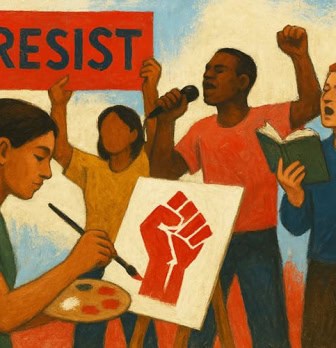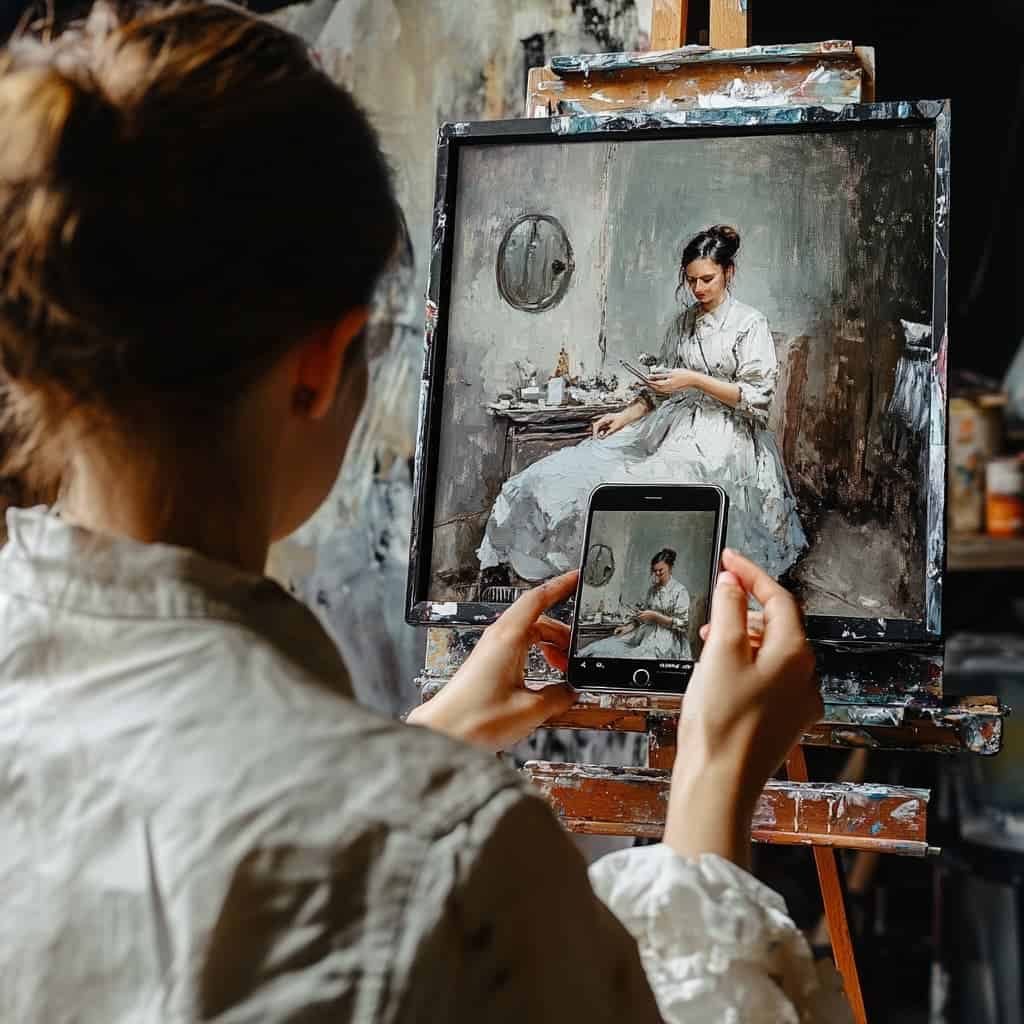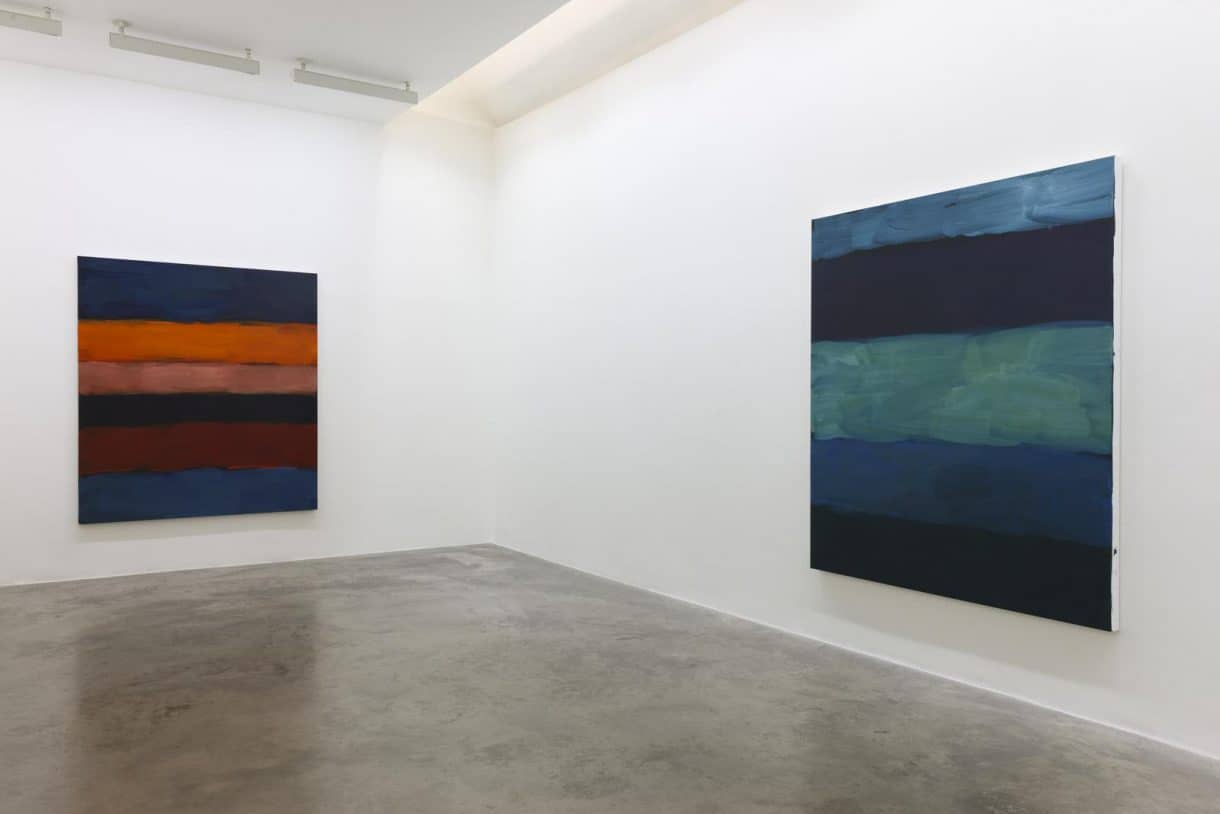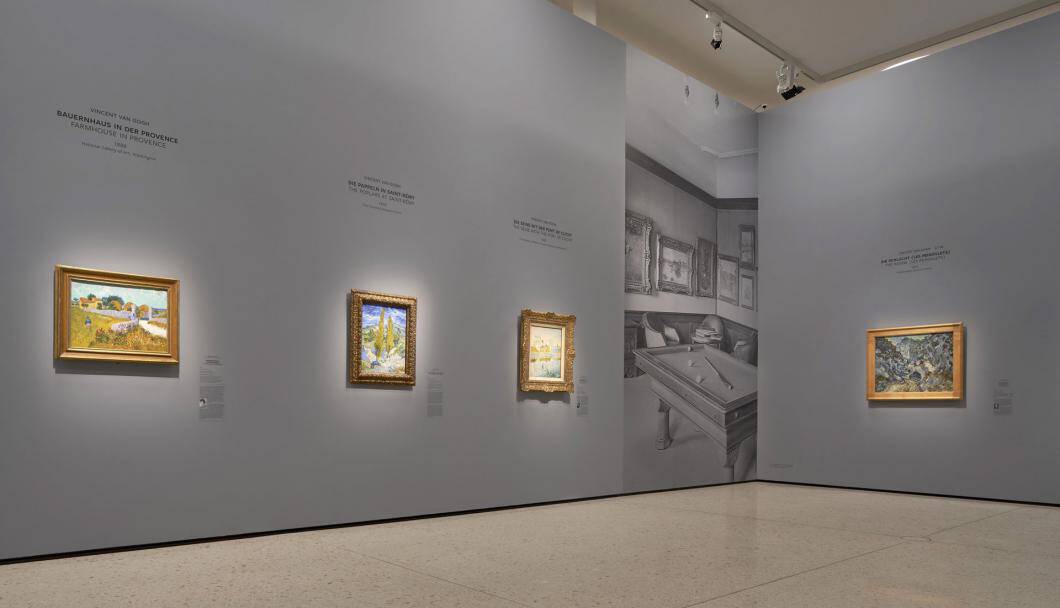In an era where screens dominate daily life and digital tools shape much of our creativity, a quiet but powerful movement is underway: the revival of traditional art techniques. As artists navigate an increasingly digital world, many are returning to tangible media—charcoal, oil paints, watercolors, and hand-pressed prints—not as a rejection of innovation, but as a way to rediscover the physical, emotional, and sensory experiences that digital tools often fail to replicate. This tactile renaissance reflects a deeper need for balance, authenticity, and human connection in creative expression.
A Digital Overload
The digital revolution has transformed the art world in remarkable ways. With the rise of graphic tablets, design software, virtual reality installations, and AI-generated art, artists today can create complex, high-resolution work more quickly and efficiently than ever before. Platforms like Procreate, Adobe Creative Suite, and Blender have become staples for professional and aspiring artists alike.
However, with these advances comes a form of creative fatigue. The constant interface with screens, the impersonal nature of pixels, and the reproducibility of digital art have led some to feel disconnected from the very process of making. Many artists describe a kind of “digital burnout,” where the lack of physical engagement with their medium reduces the joy and intimacy they once found in creating.
The Return to Materials
This longing has catalyzed a renewed interest in traditional techniques. More and more artists are trading styluses for brushes, tablets for canvases, and screens for sketchbooks. Art schools and community studios have reported increased enrollment in classes focused on printmaking, figure drawing, and ceramics. Social media platforms, ironically, have helped this trend grow—Instagram and TikTok are now filled with satisfying videos of brush strokes on textured paper, ink being pressed into handmade prints, and time-lapse footage of oil paintings coming to life.
The appeal of traditional methods lies not only in their aesthetics but in their physicality. The smell of linseed oil, the resistance of charcoal on rough paper, the unpredictable flow of watercolor—all these sensations ground the artist in their body, in real time and space. They foster a kind of mindfulness that’s harder to achieve with digital tools.
Imperfection as Beauty
Another driver of this movement is the beauty of imperfection. In the digital world, “undo” buttons and perfectly symmetrical tools can eliminate all flaws, but also all traces of humanity. Traditional art, by contrast, embraces the unexpected. A slip of the hand becomes part of the final piece. A watercolor bloom might ruin a plan but inspire a new direction. These moments of unpredictability and organic development mirror life itself.
For both creators and collectors, this rawness feels more authentic. It’s not uncommon to hear artists and buyers describe traditional works as having more “soul”—a presence that goes beyond visual appeal to touch something emotional and deeply human.
Slow Art in a Fast World
Our world is increasingly defined by speed: fast food, fast fashion, and fast content. Traditional art offers a radical counterpoint—slow, deliberate, and meditative. A single oil painting may take weeks or months to complete. Carving a linocut requires focus, patience, and precision. Even sketching in a park demands the artist to sit, observe, and connect with their surroundings.
This slowing down has become, for many, a form of resistance. In making art slowly, artists are reclaiming time, attention, and agency from the pace of digital culture. It’s a form of creative mindfulness that not only enhances their work but also their well-being.
Bridging the Gap: Hybrid Approaches
Importantly, this resurgence of traditional media is not necessarily in opposition to digital art. Many artists are now embracing hybrid approaches—starting a piece in pencil, scanning it into Photoshop, layering digital textures, and printing it again on handmade paper. This blending of the tactile and the technological allows for greater experimentation and flexibility, while still preserving the physical essence of the work.
For example, some illustrators paint backgrounds with watercolors and draw characters digitally, creating a dynamic fusion of warmth and precision. Others sketch ideas in traditional notebooks, then refine them on tablets. These methods challenge the idea that one must choose between analog and digital—they show that both can coexist, enhancing one another.
The Role of Education and Institutions
Art schools, galleries, and museums are also playing a crucial role in supporting the revival of traditional techniques. Many institutions are reintroducing programs that focus on foundational skills: life drawing, perspective, anatomy, and classical painting. Galleries are seeing increased interest in exhibitions showcasing handmade work, often featuring artists who use both old-world craftsmanship and contemporary themes.
Even technology companies are catching on. Brands like Apple and Wacom now promote their devices not just for productivity, but as tools for “natural expression,” marketing styluses that mimic the feeling of brush strokes or pencil lines. In doing so, they indirectly reinforce the value of tactile engagement—even when mediated by a screen.
A Broader Cultural Shift
This return to touch extends beyond the art world. In food, there’s a movement toward handmade, small-batch cooking. In music, vinyl records are making a comeback. In literature, printed books continue to thrive despite e-readers. All of these point to a cultural hunger for the tangible in a time when so much is virtual.
Art, as always, reflects and shapes this broader conversation. By embracing traditional techniques, artists are not just reviving old methods—they are reminding us of something vital: that to create with our hands is to reconnect with our humanity.
Conclusion
The resurgence of traditional art in the digital age is not a rejection of progress, but a rebalancing. It honors the legacy of centuries of craftsmanship while responding to the emotional needs of contemporary creators. In returning to the tactile, artists are finding meaning, authenticity, and joy in their work—and inviting the rest of us to slow down, look closely, and feel deeply. The future of art may be digital in part, but its heart remains profoundly human.





